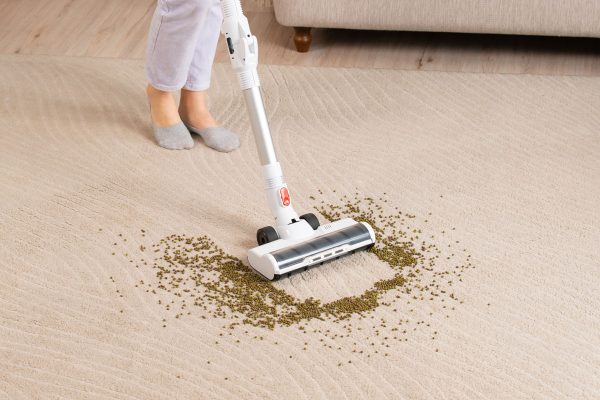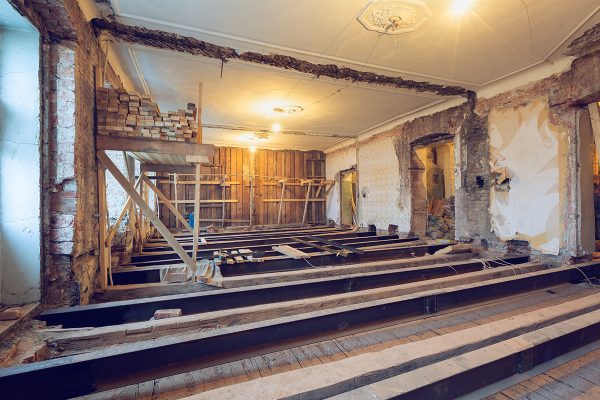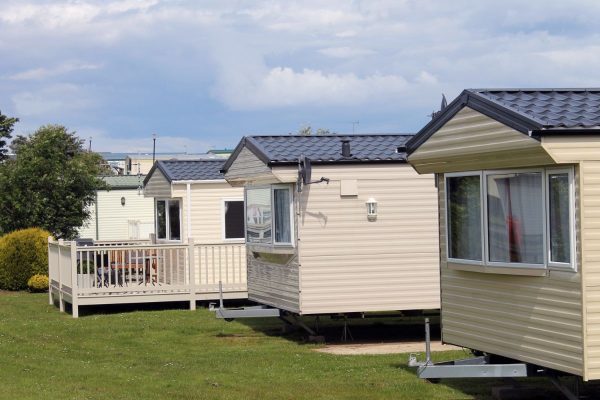People often ask what to do about a floor register that's in front of a patio door. Do you cover it up? Should you just leave it alone? What are the benefits and drawbacks of each option? Fortunately, we covered this topic and compiled our research below.
One of the most important things to consider when placing a floor register is the location. For safety and efficiency, it's best to relocate a floor register away from the patio door. If it is not possible, here are a few alternatives you can try:
- Close the louvers on the floor register when not in use; this avoids a trip hazard.
- Invest in a heavy-duty door sweep, and/or install weatherstripping around the door to prevent additional drafts between the door and the register.
- Locate a space heater nearby to keep the area warm if the heat from the register is lost through an often open patio door.
In this blog post, we'll explore different ways to handle a floor register in front of a patio door or how you can transfer them to a better area. Follow along with this post below for more details.
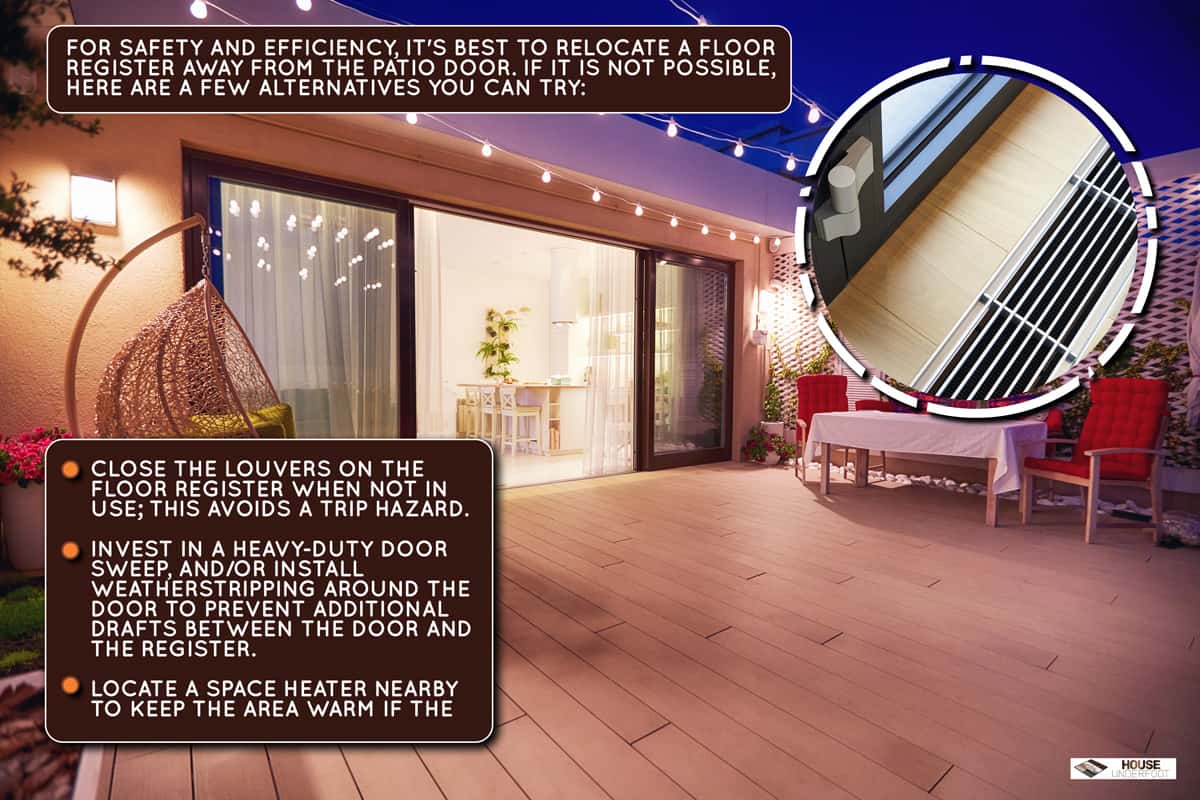
How to Manage a Floor Register in Front of a Patio Door?
A floor register is a common sight in front of patio doors. While they are often used to help control the airflow in a room, they can also be a source of drafts. To help manage a floor register in front of a patio door, there are a few things you can do.
First, make sure that the register is fully closed when not in use. This will help to prevent warm air from escaping through the cracks.
Second, invest in a heavy-duty door sweep. This will help to seal the gap between the bottom of the door and the floor, further preventing drafts.
Finally, consider using a space heater in front of the patio door to help heat the room.
By taking these simple steps, you can help to manage a floor register and keep your home comfortable all winter long.
Is Floor Register in Front of a Patio Door a Good Design?
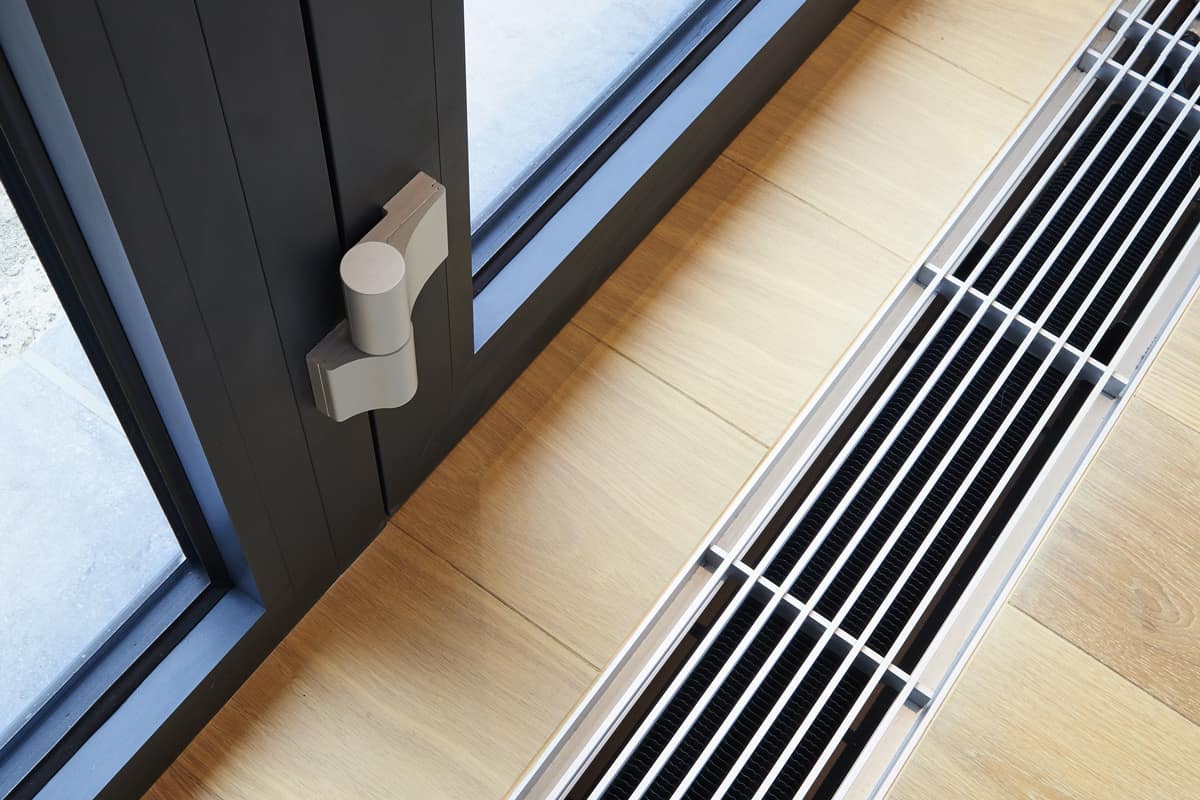
Floor registers are those grates that are usually placed in front of doors or windows. They come in a variety of sizes and styles, and they can be made from different materials, such as wood, metal, or plastic.
While floor registers can be a great way to regulate airflow in your home, they are not always the best option when located near patio doors.
For one thing, floor registers can block some of the light that comes through the door, making it harder to see what's outside.
In addition, floor registers can also make it more difficult to open and close the door, as they can catch on the door frame.
Additionally, people pass by the door, so your floor registers in front of patio doors have a higher chance of damage.
If you have a floor register in front of your patio door, you may want to consider moving it to a different location.
What are the Tips for Placing Your Floor Register?
One obvious factor in register placement is the location of the heating or cooling vents. The floor register should be placed as close to the vent as possible so that the hot or cool airflow is not obstructed.
Another factor to consider is furniture placement. The register should be placed in an area where it will not be covered by furniture, rugs, or other obstacles.
Ideally, it should also be placed in a spot where it is easily accessible so that you can adjust the airflow as needed. Just as discussed above, the best areas to put a floor register are under the window, in the corner, or near an interior wall.
How to Transfer Your Floor Register?
It can be a challenge to transfer a register from one room to another. There are a few things to keep in mind when you're moving a floor register, and the process isn't as difficult as it might seem.
- First, make sure that the new location is level and that the subfloor is clean and free of debris.
- Next, use a pry bar to remove the old register grille, being careful not to damage the floor.
- Once the grille is removed, you'll need to unscrew the hold-down screws that secure the register to the floor. With the screws removed, you can now lift the register out of the hole.
- Finally, position the register in the new location and secure it with the hold-down screws.
With a little bit of effort, you can easily reinstall your floor register from one room to another.
Preparing the Reinstallation to a New Location
If you're planning to install a floor register, there are a few things you'll need to do in order to prepare.
- First, you'll need to cut the vinyl flooring or carpeting in the area where the register will be installed. This will ensure that the register fits snugly and doesn't cause any gaps.
- Next, you'll need to measure the area where the register will be installed. This will help you determine what size register you need.
- Finally, you'll need to mark the location of the register on the floor. Once you've done all of these things, you'll be ready to reinstall in the new location.
What To Do with the Old Location of Your Floor Register?
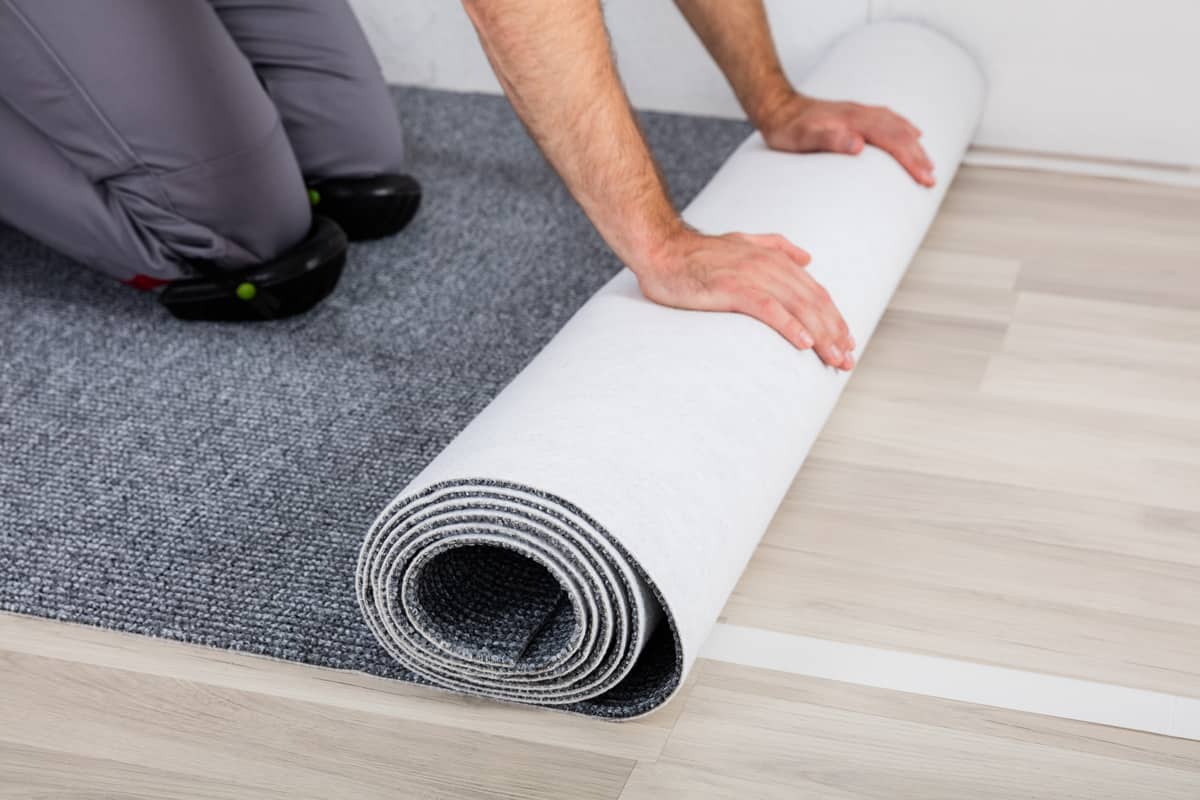
Now that you've relocated the floor register, what do you do with the hole in your floor?
One option is to add a hardwood scrap or new piece of subflooring. This safely covers the hole. You can leave the hardwood exposed, cover it with a rug, carpeting, or vinyl flooring. The finished look should appeal to the rest of the room's and floor's design.
What Are the Benefits Floor Register?
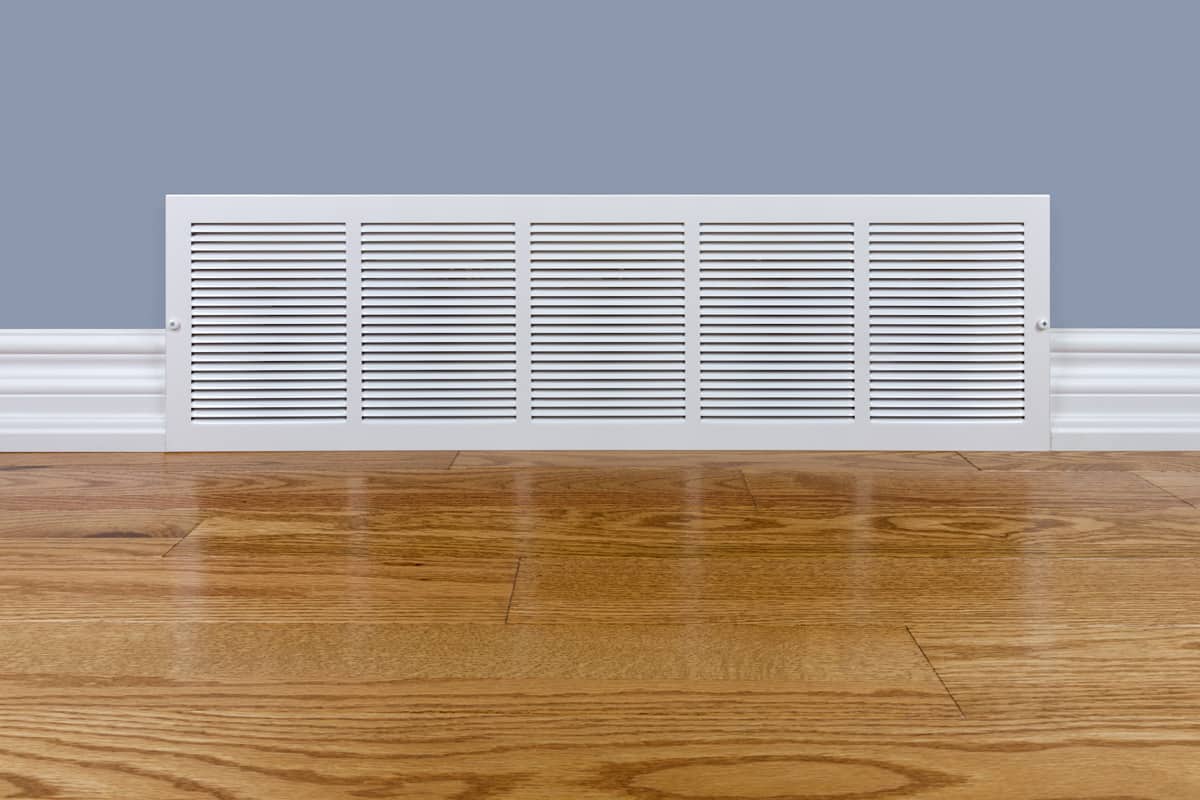
As anyone who has ever stepped on a cold floor in the middle of the night knows, the temperature can have a big impact on comfort levels. In the summer, cool floors can make a house feel refreshing, while in the winter, warm floors can be a welcome relief from the chill.
One way to regulate floor temperatures is with a floor register. Also known as a floor vent, a floor register is a metal grate that covers an opening in the floor. Air is circulated through the opening and into the room, providing heating or cooling as needed.
Floor registers are available in a variety of sizes and styles, making it easy to find one that fits both your needs and your decor. In addition, many floor registers come with adjustable louvers that allow you to control the flow of air.
What Are the Best Areas to Put the Floor Register?
When it comes to floor registers, there are a few different options for where to place them.
Under the Window
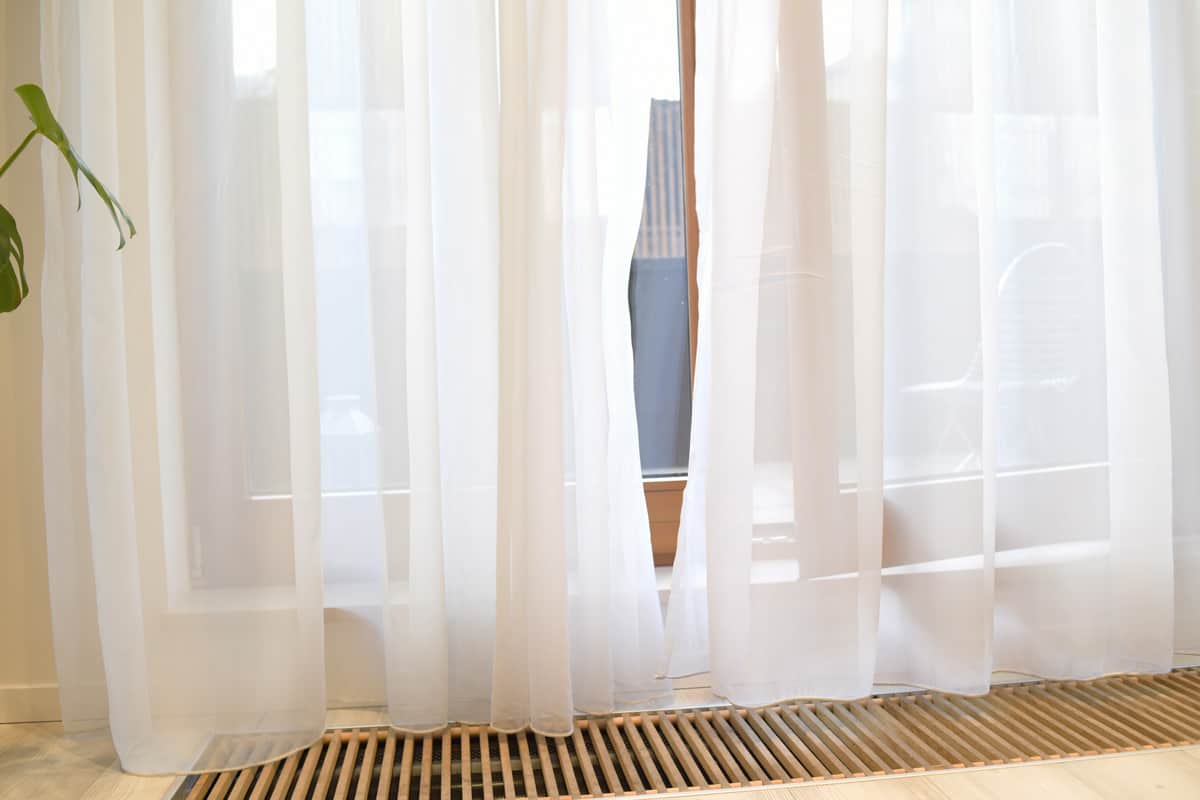
One popular option is under the window. This can be a good spot for a few different reasons. It can even help to direct the flow of air towards the window, which can be helpful in cold weather.
Additionally, it can help to keep the register out of the way of foot traffic. It can also help to make the most of any warmth from natural light that comes in through the window.
Corner
It can help to direct heat away from the window, which can reduce the risk of condensation and improve energy efficiency. Additionally, placing the register in a corner of the room can also help to provide a more even distribution of heat throughout the room.
In some cases, it may also be possible to use the register to direct fresh air into the room, which can improve indoor air quality.
Near an Interior Wall
This will help to ensure that the register is not in the way of foot traffic and that it will not be visible from the doorway views of neighboring rooms. Additionally, placing the register near an interior wall will help to prevent drafts from coming into the home.
Final Words
If you are considering having a floor register in front of your patio door, we recommend changing the location to somewhere else in your home. Not only will this provide more airflow and keep your home cooler during the summer months, but it will also be more aesthetically pleasing.
For more tips above your flooring, see our posts below:


